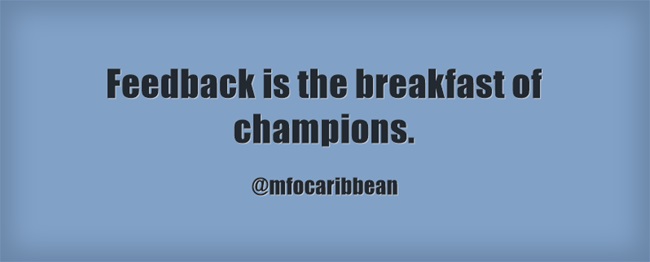- Market Facts & Opinions (2000) Ltd
- mfo@mfocaribbean.com
- Tel: (868) 627-8417/8524
Understanding the Customer Part 2


In our first part of this series we spoke about the powers of observation to learn our customers better. When we observe we understand how they weigh competitive options and what key things they focus on. All of which are important. But we need to do more than just observe what they do; we have to ‘see’ who they are.
Very often we think of our customers as uni-dimensional persons. We see them through the lens of the product we sell and never stop to realize that they also buy other things and that they live in a community with like-minded folk. We do not think that our brand must fit into a family of other brands to make sense to our customers. To really understand our customers we need to make the connections between the brand we represent and the other brands they buy since the collection speaks to who they really are. For example, we can see two men both purchasing Gillette shaving gel and we can explore why they bought this in the competitive context of shaving products. However that is not as deep an insight as if we were to observe that one of them also bought a pack of diapers. Would not that additional observation give us some more insight into who we are dealing with? Is he married with a wife and young baby? What does that say about him? What if we saw him look at the pack or don’t look at the pack, what may we surmise? Did he simply pick up the pack because he had a list or was sent on a shopping trip by his significant other? How does this help form a more acute picture of him? The point is that every little piece of additional information we can collect can help us form a better picture of who we are dealing with.
But not all information is equal. Don’t go off and try and collect every little piece of information you can but you have to really strategize and ask the question: what would make a difference if I were to know this? What would it force me to do differently once I found out this piece of information? Unless you can answer those questions do not go out to collect information. Those questions are not just ‘why’ questions, they are ‘so what’ questions and that is the stuff that great research addresses for decision makers. Failure to do this only brings mass data but no actionable information. Avoid like the plague.
Written by Noble Philip, Chairman. March 9th, 2015
